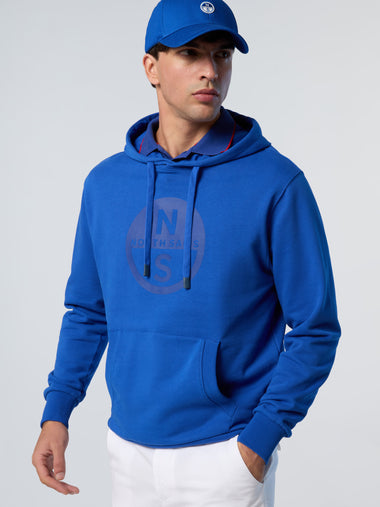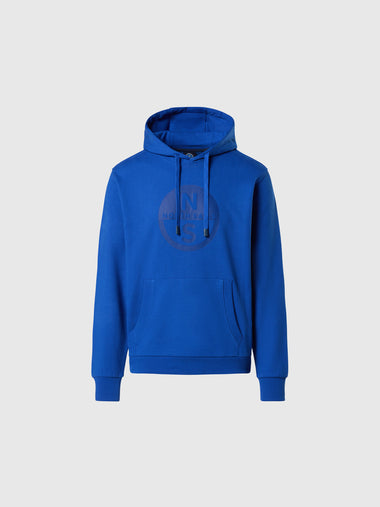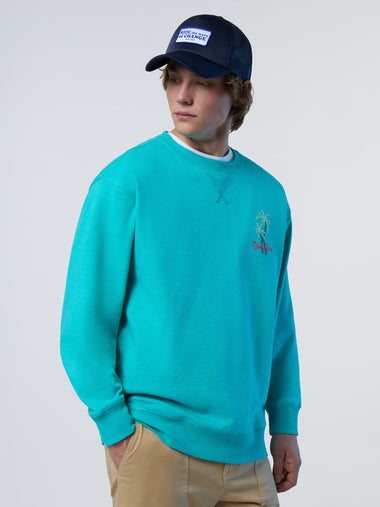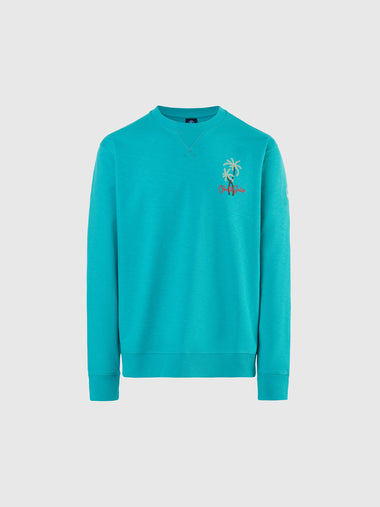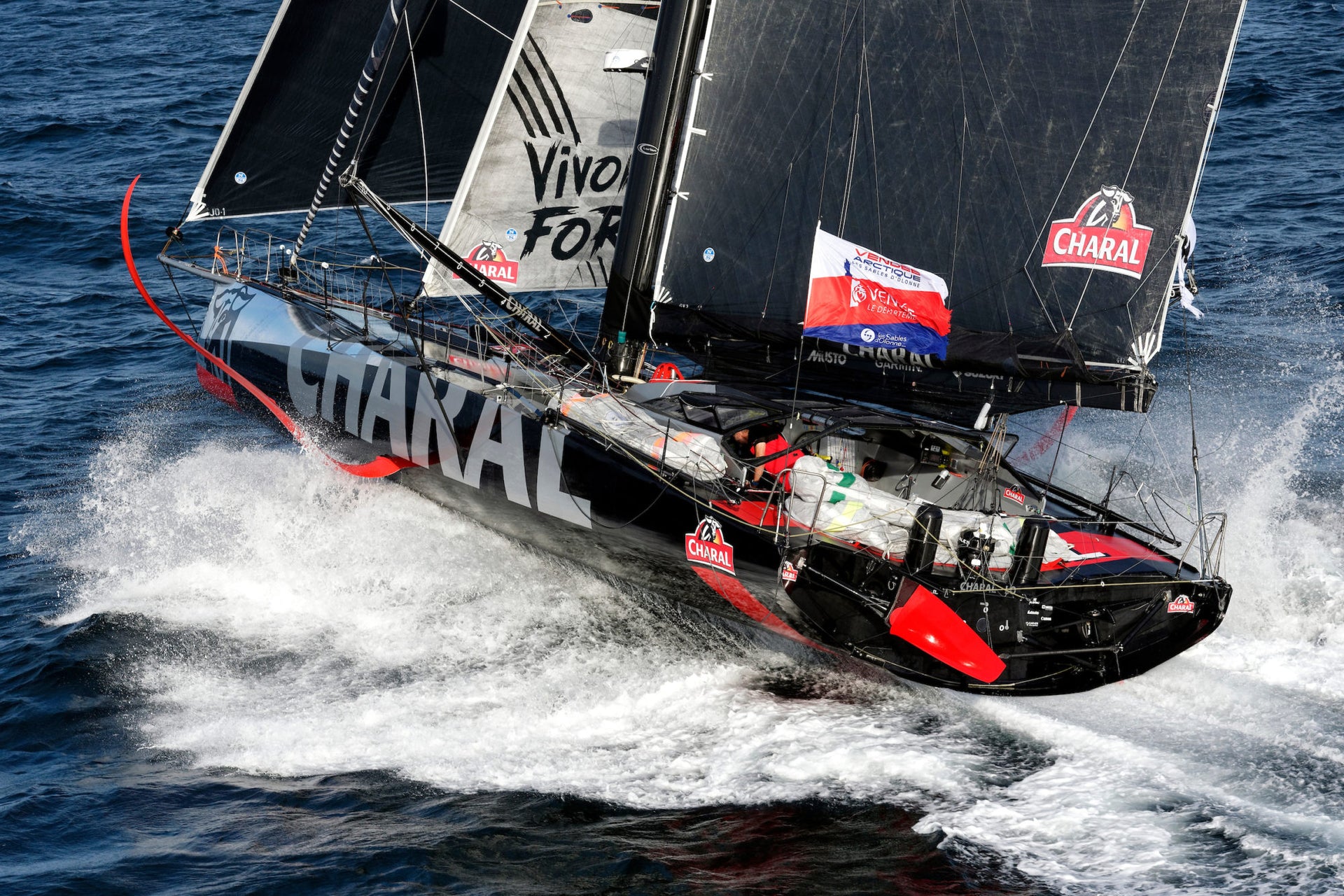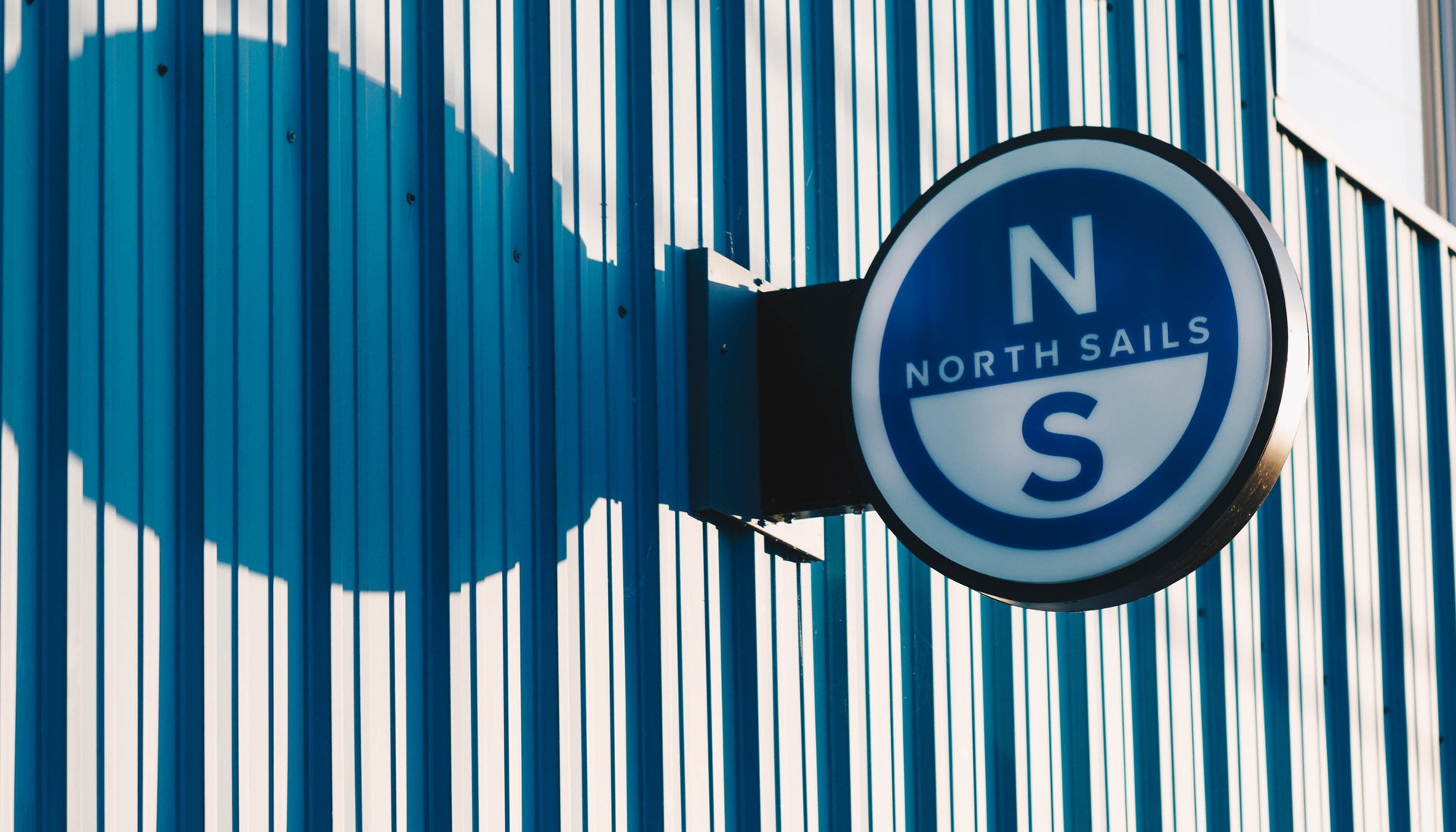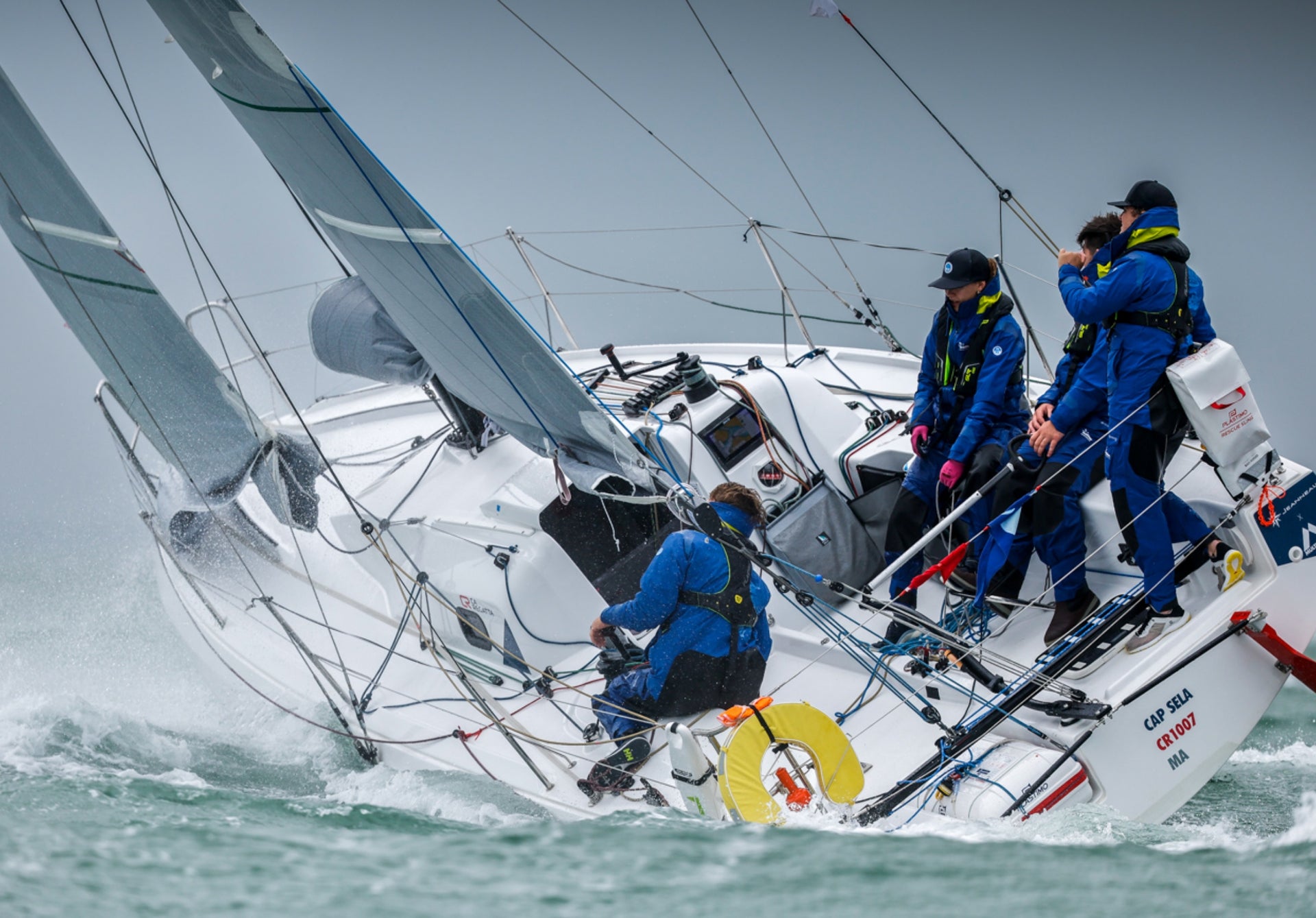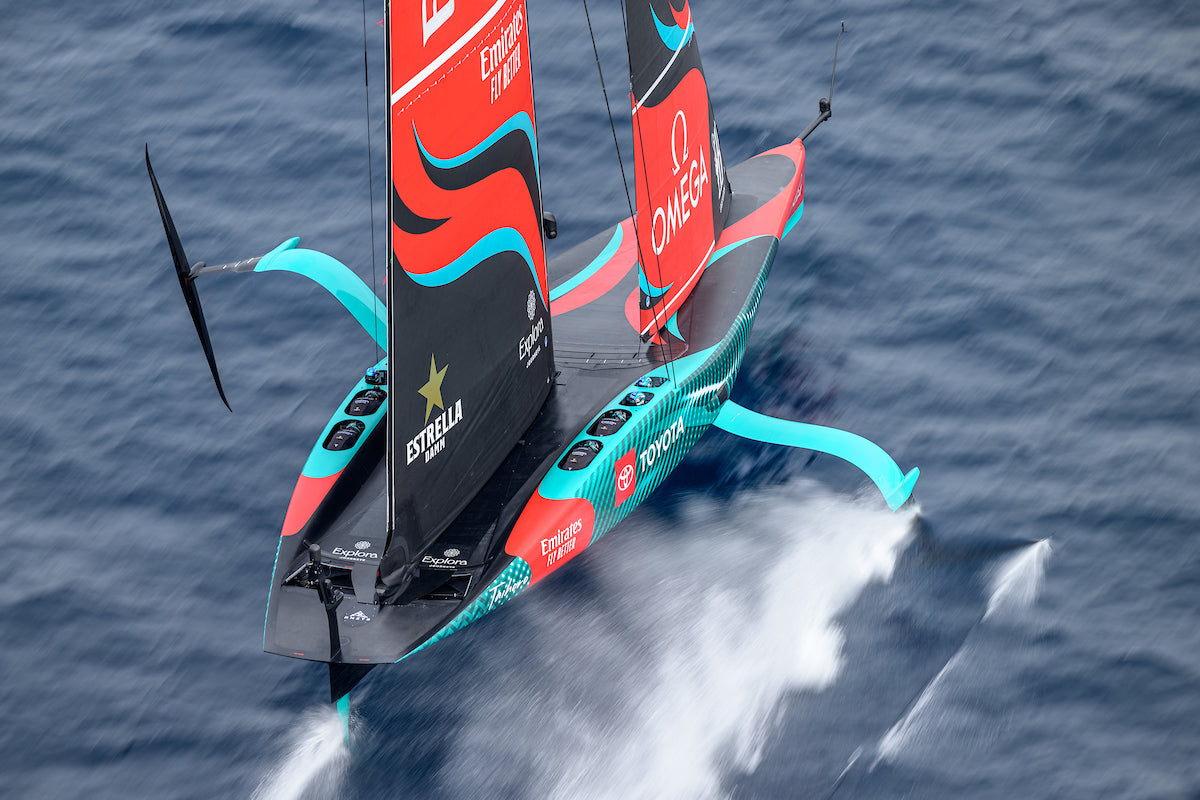BUILDING SAILS FOR THE IMOCA
BUILDING SAILS FOR THE IMOCA
From Drawing Board to Physical Sail Plan on an IMOCA
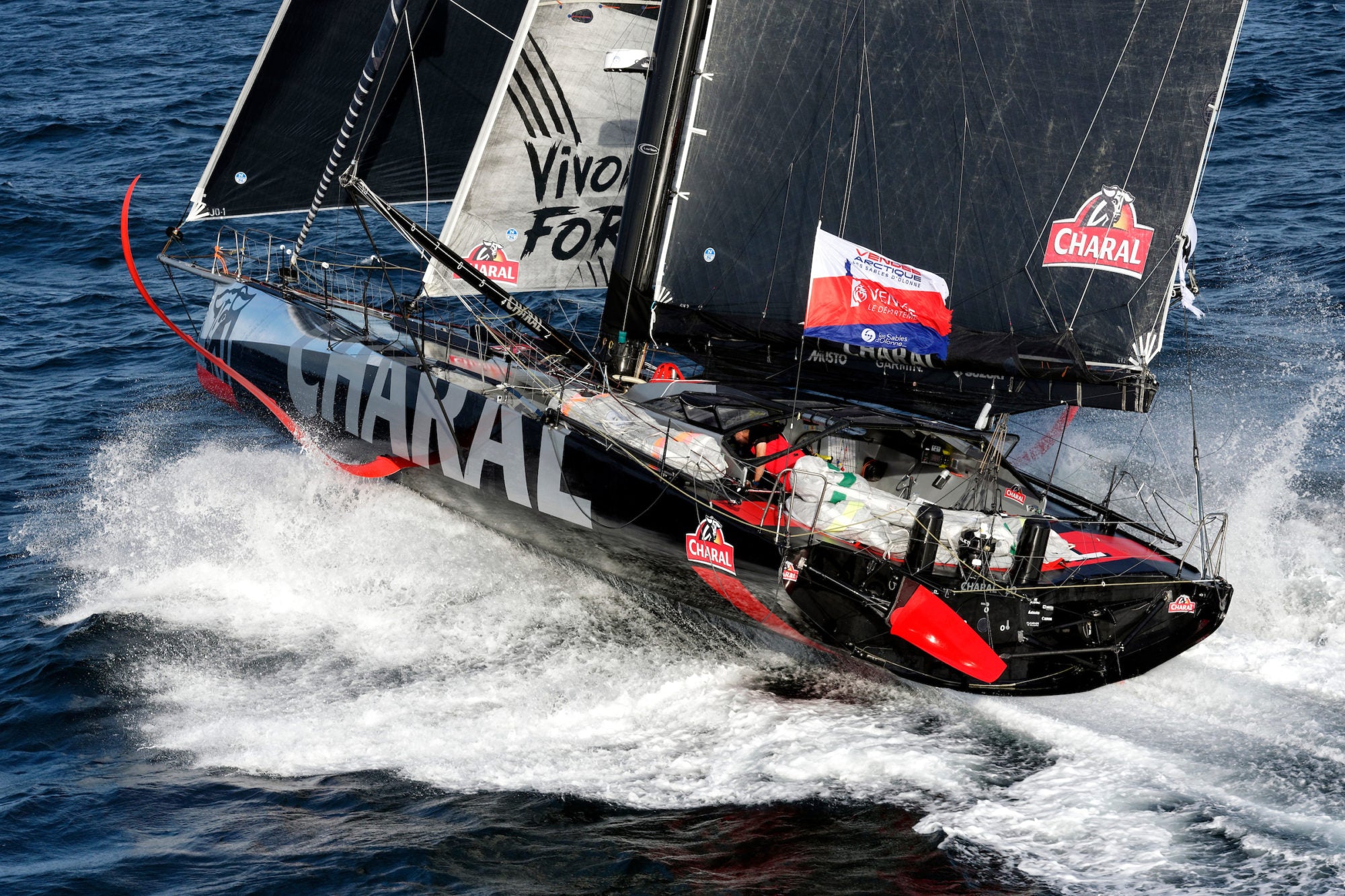
November 8th, the next edition of the Vendée Globe race is set to start from Les Sables d’Olonne, North Sails has designed the sails for the ¾ of the IMOCA fleet, 17 of which have a full set and 7 with a partial set.
The sails on a boat are essential: they ensure the propulsion of the boat. But this “engine” must adapt to the boat as well as the pilot. Each boat has a distinctive set of sails depending on several parameters such as the shape of the hull, the deck plan, the rigging, or even a new element today: the foils whose air behavior plays a critical role in the stability of the boat. This wardrobe must also cover all the wind conditions encountered during competition.
It is up to the designers to design a set of sails that are reliable, efficient, versatile, and tailor-made to each skipper and that does not involve overly physical maneuvers. These sails need also to have both torque, strong acceleration at low revs, (bottom of the sail range), and power when, once launched, the boat accelerates quickly. Defining the right sail inventory can be complex. Yann Regniau, Yann Andrillon, and Quentin Ponroy, designers at North Sails France, enlighten us on the design of the sails of a singular boat, the IMOCA for an equally singular race: the Vendée Globe.
Designing Sails for The Vendée Globe Weather Conditions and Sail Optimization
IMOCA Sail Design Support and Tools Skipper and Team Sail Inventory
How do you design a set of sails for a Vendée Globe?
There are no absolute rules. It depends on the team, whether they are building a new boat or not, and on the expertise they have in-house. For most new boats, we are involved right from the design stage, working alongside the architects to define the sail plan. In all cases, we have contact and information meetings to precisely target the skipper’s needs and what we can bring him in terms of experience and tools. Then, we draw up the first drafts from the architect’s plans where we can directly simulate our sails in 3D, which allows us to refine the triangulation.
In summary, the sail design is fed by three means: theoretical studies from North Sails (aero and structure), a rich database of sails designed for IMOCA boats combined with our expertise and boat-skipper input. The main stages include the definition of the specifications of the sail with the team; the design (theoretical studies, 3D drawing, and structure); the manufacturing sheet; the manufacturing of the 3Di structure in Minden (Nevada, USA) and finally the finishes at North Sails France (Vannes, Brittany.)

What are the particularities of the Vendée Globe in terms of weather conditions and sail optimization?
One of the peculiarities is the length and duration of the Vendée Globe, the race takes the fastest boats 2 ½ months to complete, but most racers finish in three months. The sails become extremely stressed throughout the race, so the structure must be adapted to account for all possible wear and tear. Reliability is the keyword. The three aspects that characterize this race – around the world, single-handed and non-stop – also apply to the sails.
Today and for several editions, IMOCA boats have at their disposal an arsenal of precise meteorological tools with a southern limit that must not be exceeded to avoid the ice zone and hit drifting icebergs. This was not the case during the very first Vendée Globe, where computer tools were limited. The boats crossed the zone of icebergs and sailed very far south in the Pacific and Indian Oceans to reduce the distance to be covered. During the 1997 edition, after their boat capsized, the sailors Tony Bullimore and Thierry Dubois had to be rescued by helicopter. This edition was particularly marked by the tragic disappearance of the Canadian Gerry Roufs, who in the last SOS announced: “The waves are no longer waves, they are as high as the Alps.” Modern IMOCA boats avoid sailing in winds more than 40 knots, at the risk of suffering major damage without going any faster. They opt for a routing where they can exploit the boat’s speed potential. This largely defines the specifications of the sails. And of course, downwind points of sail – the majority in the Vendée – are favored, even if versatility remains important.
What are the particularities of an IMOCA in terms of sail design?
The new foil boats have both a displacement mode and a flying mode that we must reconcile in terms of sail configuration. They can indeed have violent acceleration and deceleration. As the number of sails on board is limited to just eight, the sails must be reliable. If one or two sails are torn, victory could be compromised. They must also be durable with increased shape retention throughout the race and as light as possible, one, to facilitate maneuvers, as these boats are very physical, and, two, to increase performance, particularly by reducing the weight and the center of gravity of the boat, which increases the power of the boat.
Are sails designed for an IMOCA in the same way as for any other support and for any other race?
Yes and no. Yes, because the design process is similar, i.e. we define the sail plan as precisely as possible with the skipper and the boat’s architect, we work on the specifications of the sail, then we work on the surface, the shape, and the structure so that they respond as well as possible.
No, because the result of the design is different. The difficulty is that due to a limited number of sails, you have to be consistent with all the sails and, above all, this race has become a sprint around the world. The aim is therefore to create a sail that performs well in terms of shape, that is strongly reliable when aging and that, of course, is not too heavy.

What supports and tools do you use?
Within North, we have a software solution for designing, studying, and dimensioning the structure of 3Di sails, the North Design Suite, which includes among others Spiral for the sail design, Desman to model the rigging in 3D and Membrain to generate deformed sails. We also use Rhinoceros for the architect’s plans.
Once the design is validated, what are the stages in the manufacture of a sail?
We determine the finishing details of the sail (size, length, and number of webbing straps or rope at each corner…) and prepare the layup plan which will allow the production of the 3Di membrane on a deformable mold (no stitching at this stage). On receipt of the sail at the Vannes workshop, we carry out sail layout and the fitting of all additional reinforcements, straps and finishing details
What is your relationship with the skipper and the team?
We have a relationship based on trust and mutual listening. They are all directly involved in the process. We try to listen to them as much as possible to understand their expectations and needs, how they work, their vision of the project, and the boat. Then we try to transcribe this vision in our drawings as best as possible.

Who defines the sail inventory?
The IMOCA class rules limit the number of sails to eight. The choice of these sails is a long discussion and testing over the years to try to have a game optimized for the Vendée Globe. This debate is essentially about downwind sails, as downwind points of sail are dominant in the Vendée and boat performance has evolved. We assist the team in defining this set of sails.
Can you name the sails for this Vendée and what they are used for?
– A Mainsail
– An obligatory storm Jib 20 m2 minimum
– J3: Heavy air upwind sail/gennaker staysail off the wind
– J2: Upwind and close-reaching sail used from 12 knots upwards
– FRO: upwind sailing in light airs and reaching all the way to downwind in heavy air
– J0: Masthead Gennaker (190 m2 flat sail) for light airs and reaching
– A7: Fractional reaching and downwind reaching Gennaker in strong winds
– A3: large Gennaker of around 300 m2 for downwind sailing up to 25 knots
What are the main trends in terms of sails since the last Vendée Globe?
The sails have less volume on the upper part and the volumes are further forward. The most visible point is the reduction in head width and the roach of the leech of our mainsails are “S” shaped. Without forgetting that most of the headsails are load sharing, using the North Sails Helix structure luff.
After the sails are set, what is the next step in the program?
We carry out test sailings to check and validate that the sails meet the specifications defined with the skipper. Sometimes, a sail can be a laboratory sail, it is tried/tested, then it comes back to the sailmaker’s to be modified and tested again. And each outing is important for continuous improvement. We systematically record the data to work on the evolution of the next sails.
How do you help the sailors to get the most out of their sails specially designed for this race?
We help them on the outings to optimize the way the sails are trimmed so that they can find the right setting for each angle of a given sail very quickly.
What changes can be made to the sails for the next Vendée Globe 2024?
Everything will depend on the evolution of the IMOCA class. Will it continue to evolve with increasingly large budgets given the current pandemic crisis? That said, as soon as a new set of sails is designed, there will always be room for improvement. Our sails for 2024 will, therefore, reflect the evolution of the IMOCA class, whether they are 100% foiler or not…


